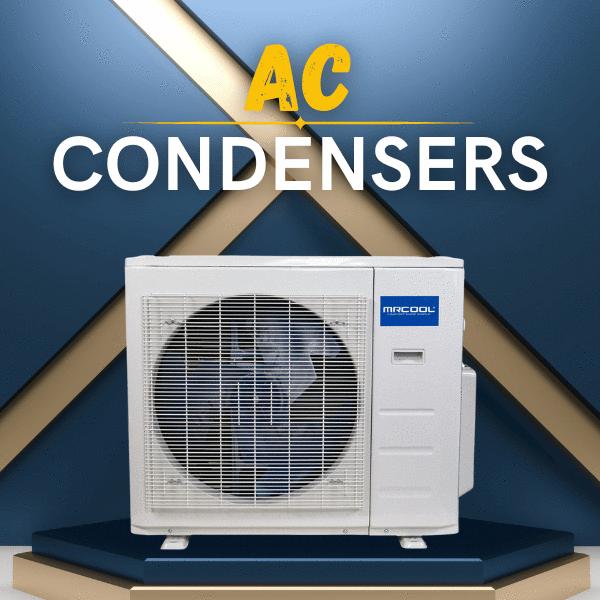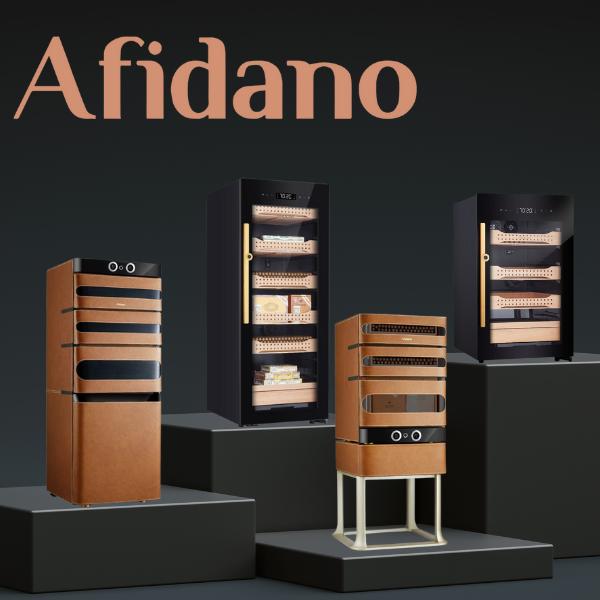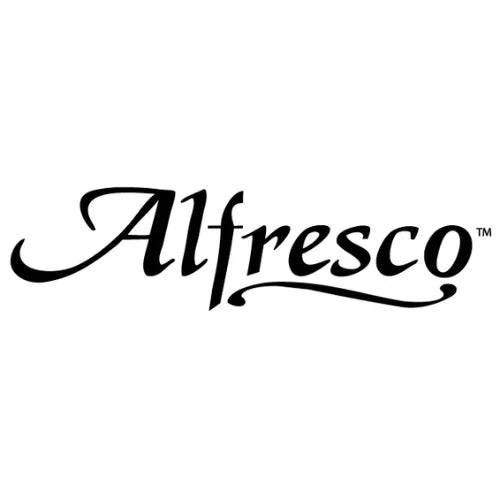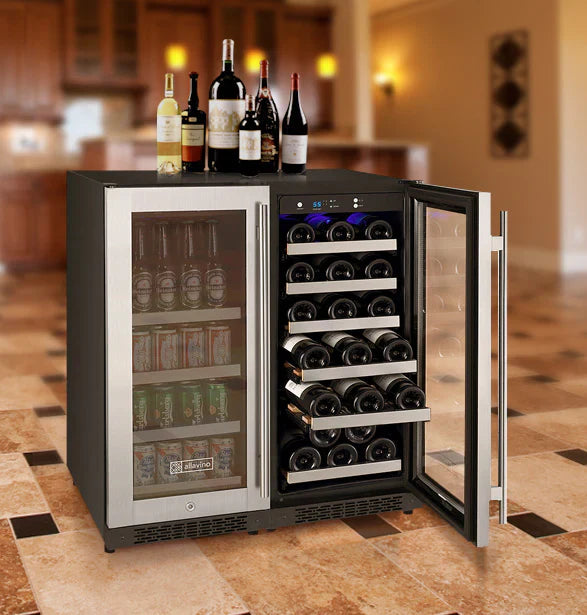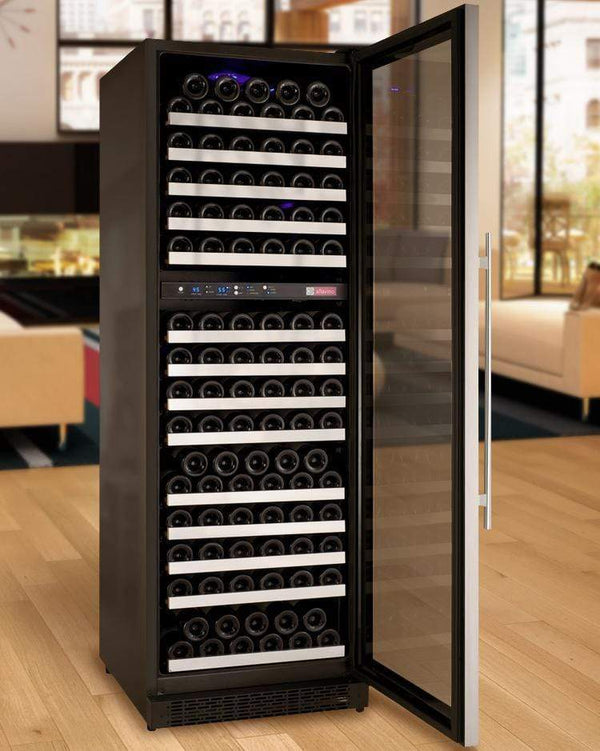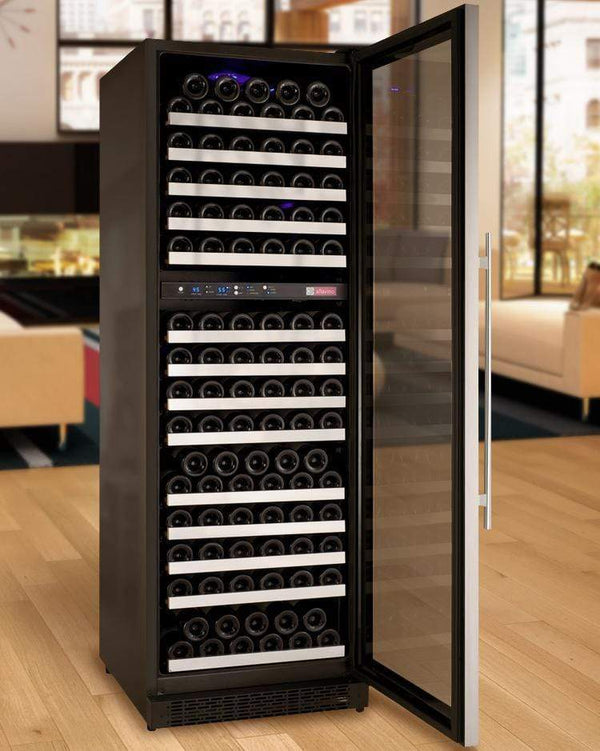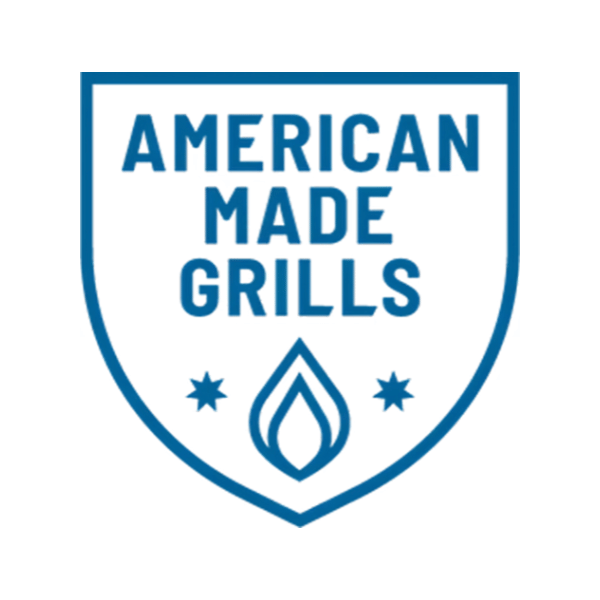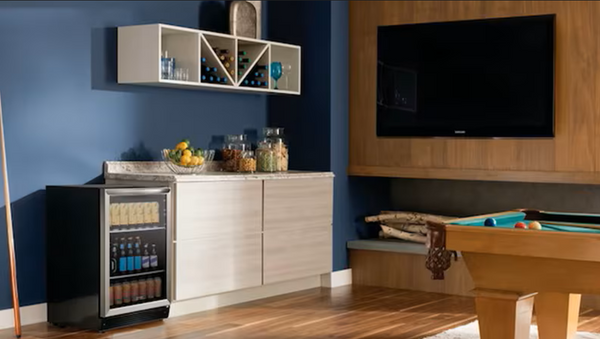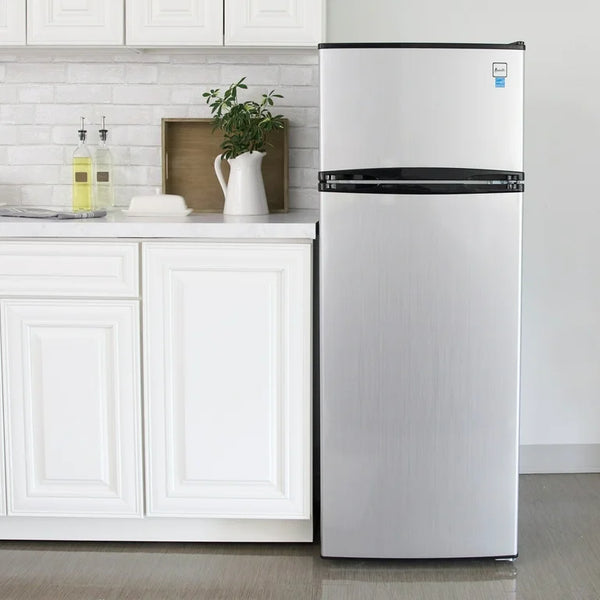Wine Cellar Cooling Unit Installation Guide: Step-by-Step Setup for Perfect Wine Storage
Why Installation Matters More Than You Think
By Jim Hopper, Wine Cooling Expert
Building a wine cellar is an exciting project — but without the right cooling system, your collection may be at risk. Wine cellar cooling unit installation is about more than fitting a unit into a wall; it’s about preserving your wine at the perfect temperature and humidity for years to come.
Whether you're a DIY enthusiast or hiring a professional, this comprehensive guide will walk you through how to install a wine cooler step-by-step, with tips for airflow, system selection, electrical planning, and maintenance.
🔗 Start here: If you're still deciding on the right system, read The Ultimate Guide to Wine Cellar Cooling Systems first.
Choose the Right Cooling System for Your Wine Cellar
Not all wine cellars — or cooling units — are created equal. The system you choose will depend on your room size, layout, and noise preferences.
🔧 Common Cooling System Types:
🧱 Through-the-Wall Systems

Best for: Small to medium cellars
Example: Breezaire WKL 3000
✅ Self-contained and easy to install for DIYers
🔗 Browse Through-the-Wall Units
🌬️ Ducted Self-Contained Units

Best for: Flexible, hidden installations
Example: Wine Guardian D025 Ducted Unit
✅ Great airflow, no visual footprint
🔗 Explore Ducted Systems
🔧 Split Systems

Best for: Noise-sensitive or large cellars
Example: WhisperKOOL Platinum Split 4000
✅ Quiet and powerful with remote condenser
🔗 View Split System Units
Want to compare models? Check the Best Wine Cellar Cooling Units.
Pre-Installation Planning
Before drilling, wiring, or mounting anything, be sure you’ve covered these critical steps:
📏 Calculate Cooling Needs
Use a BTU calculator to size your unit based on:
- Room dimensions
- Glass surface area
- Insulation quality
🔗 Read: How to Determine Wine Cellar Cooling System Size
🧱 Insulation & Vapor Barrier
- Walls: R-19 or higher insulation
- Vapor barrier: 6-mil plastic sheeting on the warm side of walls
🔗 Need help with design? Wine Cellar Design Services
⚡ Electrical & Placement
- Avoid heat sources and direct sunlight
- Install a dedicated outlet (check voltage in product specs)
- Plan drainage (especially for ducted/split systems)
Step-by-Step Wine Cooler Installation

Follow these general steps for installing a through-the-wall or ducted system:
🛠️ Step-by-Step Visual Checklist:
- Choose Ideal Location — cool, interior space
- Cut Opening in Wall — frame with proper dimensions
- Install Drain Line — connect to a safe discharge point
- Mount the Unit — use brackets or supports
- Seal & Insulate — weather stripping or foam
- Connect Power — to dedicated 110V/220V outlet
- Run & Monitor — let run 24–48 hours before adding wine
Example: WhisperKOOL SC PRO 4000 is great for mid-sized rooms.
Ventilation and Airflow Tips
Proper airflow is essential for cooling units to function correctly.
- Passive Ventilation: OK for smaller systems
- Active Ventilation: Ductwork or exhaust fans required for larger installs
Leave 3–5 inches of clearance around unit vents. Never obstruct airflow with shelves or stored bottles.
🔗 Read more: Ducted Wine Cellar Cooling Units Guide
Post-Installation Setup & Maintenance
🍷 Storage Setup:
- Let the system run 24–48 hours before adding wine
- Gradually add bottles to reduce temperature swings
🌡️ Monitoring & Maintenance:
- Keep cellar at 55–58°F
- Humidity: 55–70% (use a hygrometer)
- Clean air filters every 3–6 months
🔗 Related: Wine Cellar Humidity Tips
Troubleshooting Wine Cooler Issues

Common problems and solutions:
| Problem | Solution |
|---|---|
| 🔌 Unit won't turn on | Check outlet, circuit breaker |
| 🔁 Runs constantly | Check ambient temp, insulation, filters |
| 💧 Water leakage | Check drain line & leveling |
| 🌡️ Temperature not stable | Recalibrate thermostat, check door seal |
Conclusion: Store Your Wine Like a Pro
Whether you're storing a few cases or hundreds of bottles, installing the right wine cellar cooling unit makes all the difference. With proper planning, smart ventilation, and the right product, your wine can age beautifully in a stable environment.
📣 Need Help with Wine Cellar Cooling Unit Installation?
Whether you’re building a cellar from scratch or upgrading your cooling system, our experts are here to help. From product selection to installation support, we've got your back.
✅ Call us: 1-888-407-7770
📧 Email: support@winecoolersempire.com
🔍 Browse Cooling Systems:
💡 Still unsure which system fits your space? Contact our wine cellar pros for a free consultation!
📚 Frequently Asked Questions (FAQs)
Can I install a wine fridge myself?
How much clearance is needed?
When should I hire a professional?
What’s the best location for a cooling unit?
How do I maintain cellar temperature?

Designing or Upgrading a Wine Cellar?
We got you! Here at Wine Coolers Empire, we will guide you in building your dream wine cellar.

